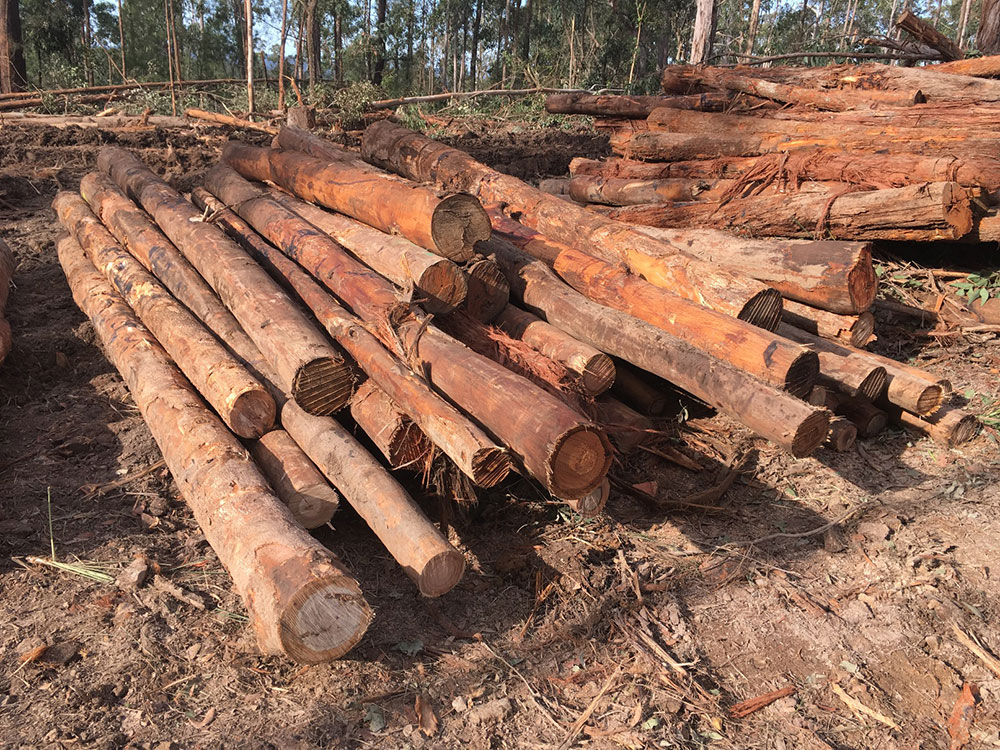
North Coast Residues Project

The forest and timber industry on the North Coast is sustainable and renewable. The industry produces timber, the only major building material that helps combat climate change, as wood stores carbon for life. One of the challenges when managing forests for timber production is what to do with the parts of the tree that are not suitable for use by local sawmills. This timber, often the tops of trees and large branches, is referred to as forestry residues and after timber harvesting occurs this timber is usually left as waste on the forest floor to decay or be burnt. The other types of forestry residues are the sawdust and off-cuts from sawmills created during the process of turning round logs into square timber.
One potential use of these residues is to produce bioenergy. The benefits of using forestry residues for bioenergy include the opportunity to significantly reduce greenhouse gas emissions by displacing the use of fossil fuels.
This project investigated the potential availability of forestry residues and the possible impact of increased use of forestry residues on biodiversity, forest health and climate change. The research focused on the use of these residues at three main local ‘hubs’: Bulahdelah, Kempsey and Grafton. The project found that there are enough forestry residues available on the NSW North Coast to support the development of large and small-scale energy generation systems, with no adverse impacts on the environment.
NSW is well positioned to lead the nation in the use of biomass for a range of bioenergy and bioproducts, providing energy that is cost-effective and climate-friendly. A sustainable domestic bioenergy market delivers on Pillars 3 and 4 of the NSW Forestry Industry Roadmap, on Community Understanding and Confidence, and Industry Innovation and New Markets.
More information
The findings of the North Coast Residues project were presented by DPIRD Research Scientist Fabiano Ximenes at Bioenergy2017 on Wednesday 22 November. A summary of the key information can be found in this DPIRD media release North Coast forests offer untapped bioenergy opportunity.
For more information on the project and its findings, read a copy of the final report North Coast Residues (PDF, 3645.12 KB).

